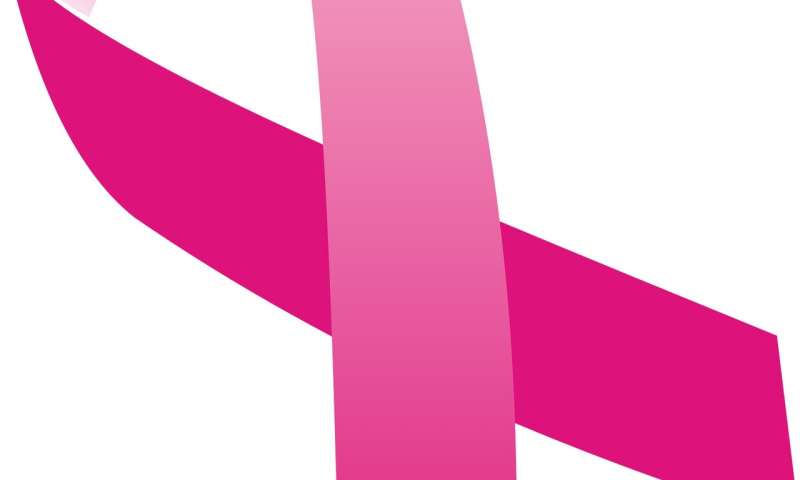
Researchers from Texas A&M, Iowa State University, Rice, and University of Texas Southwestern Medical Center published a new paper in the Journal of Marketing, which examines the efficacy of patient marketing.
The study, forthcoming in the May issue of the Journal of Marketing, is titled “Improving Cancer Outreach Effectiveness Through Targeting and Economic Assessments: Insights from a Randomized Field Experiment” and is authored by Yixing Chen, Ju-Yeon Lee, Shrihari Sridha, Vikas Mittal, and Amit G. Singal.
In 2018, over 1.7 million new cases of cancer were diagnosed in the United States and the cost of cancer care surpassed $147 billion. Many of these cases could have been prevented through regular cancer screening tests that open the door for early detection, more cost-effective treatment options, and better recovery prognosis. For example, regular screening reduces mortality rates for lung cancer by 28%, breast cancer by 24%, and liver cancer by 37%. Moreover, cancer screening can reduce the annual treatment cost for a patient by nearly $5,000.
Healthcare institutions rely on marketing interventions—or direct-to-patient outreach—to increase screening completion among at-risk patients. As an example, Johns Hopkins Hospital’s cancer center uses emails, letters, seminars, and community events to encourage screening completion among patients. Yet, according to a recent article in the LA Times, “just 4.2% of patients in the United States who are at high risk for lung cancer get screened for it—a figure seen as alarmingly low by those who work in the area of prevention.” Could it be that the 1.7 million outreach interventions launched in 2015 and $123 million spent on prevention and education efforts go to waste?
The research team used a multi-period randomized field experiment with at-risk patients for hepatocellular carcinoma (HCC), the most common type of primary liver cancer. Patients were randomly assigned (1:1:1) to three different conditions—usual care, outreach alone, or outreach with patient navigation. Usual care is the baseline condition where physicians offer preventive care recommendations at their discretion during a patient’s usual care visits. Outreach alone and outreach with patient navigation provide two different levels of direct marketing efforts based on outreach mails, outreach calls, and customized motivational education by trained patient navigators. Patients’ demographics, health status, visit history, health system accessibility, neighborhood socioeconomic status, and prior screening compliance were included in the data.
By using causal forests, a state-of-the-art development in machine learning, the researchers discovered that the effectiveness of outreach programs varies widely over time and across patients. For example, outreach programs in general are more effective for patients who are female, minority, in better health status, have a more frequent visit history, covered by medical-assistance insurance, reside in closer proximity to clinics, and reside in a more populated neighborhood. Outreach alone is more effective for patients who are younger, commute faster, and reside in a neighborhood with more public insurance coverage. In contrast, outreach with patient navigation is more effective for patients who are older and reside in a higher-income neighborhood.
By using these patient-level differences in their responsiveness to outreach interventions and a well-established scheme of cost-benefit calculation, the study shows that a targeted outreach program that matches each patient to the optimal outreach type improves the return on the outreach program by 74%-96%, resulting in a gain of $1.6 million to $2 million.
This research helps healthcare practitioners in the following ways:
- It provides an understanding of how outreach effectiveness varies over time and by patient characteristics that are theoretically relevant and easily accessible to practitioners in their patient database.
- It offers a cost-benefit analysis approach for assessing individual-level return on marketing investments in the context of liver cancer screening outreach.
- It offers a tool to recommend the most suitable intervention for each patient.
The research combines the well-known marketing principle that all customers are different with advanced machine learning to show that personalized cancer outreach can save both lives and money.
Source: Read Full Article
